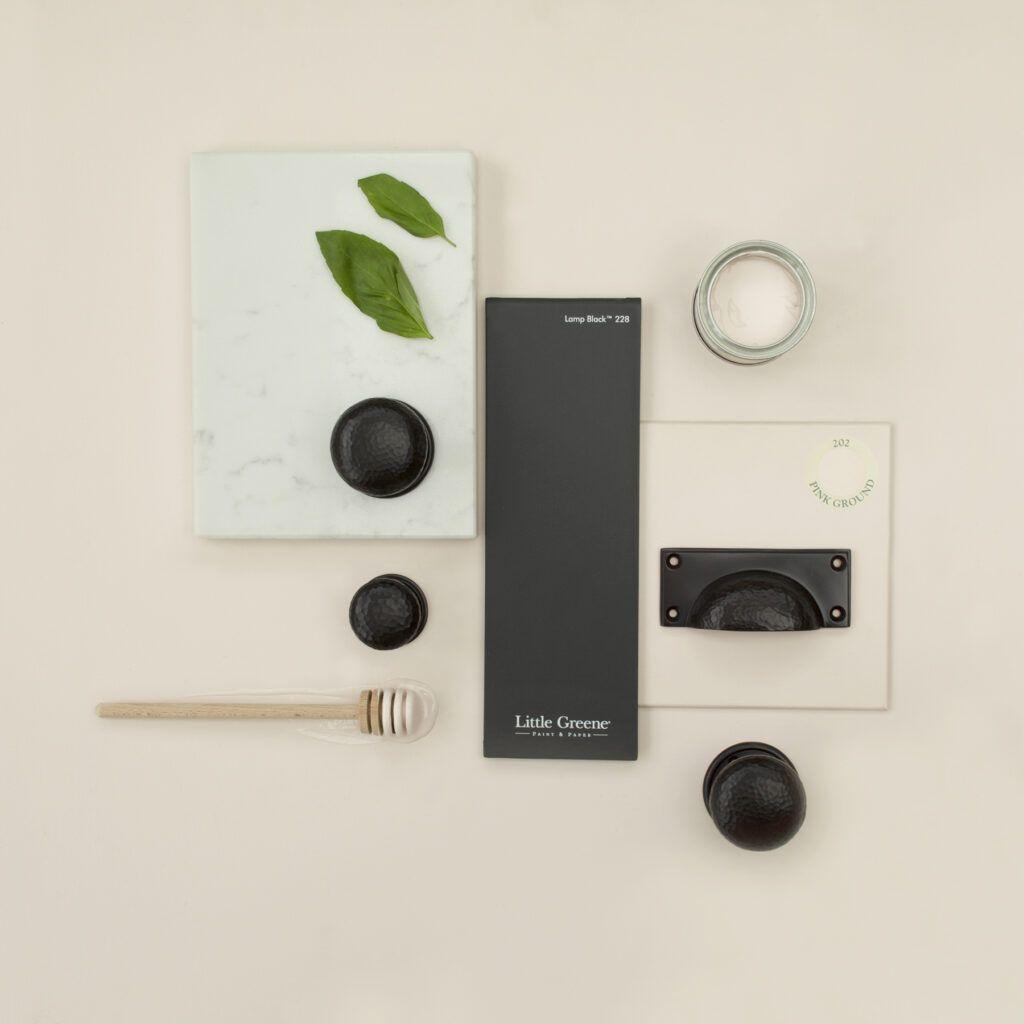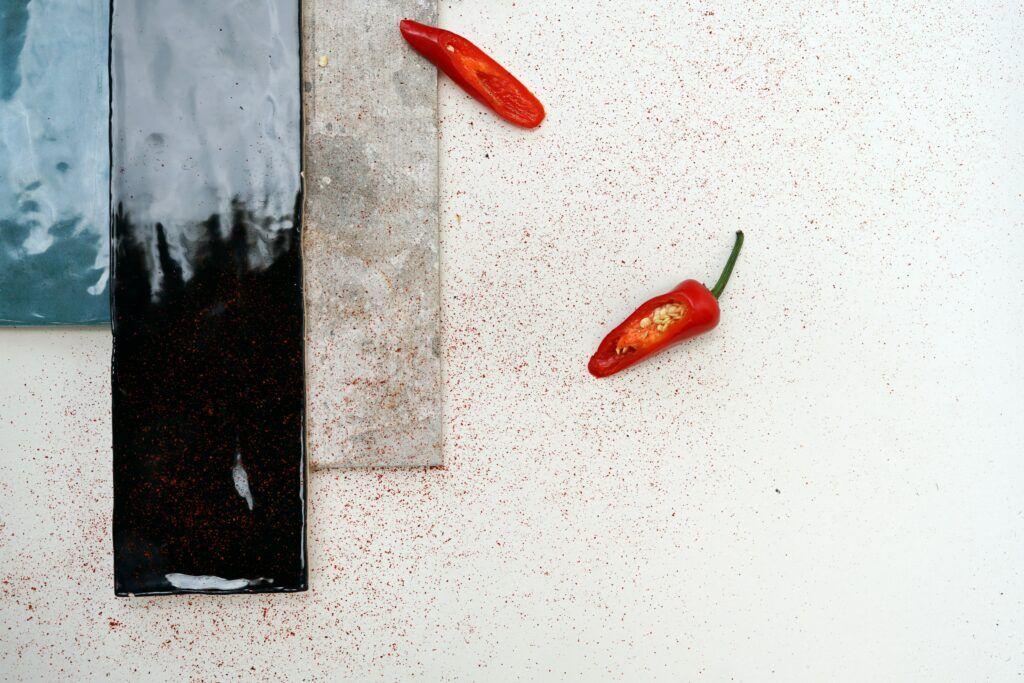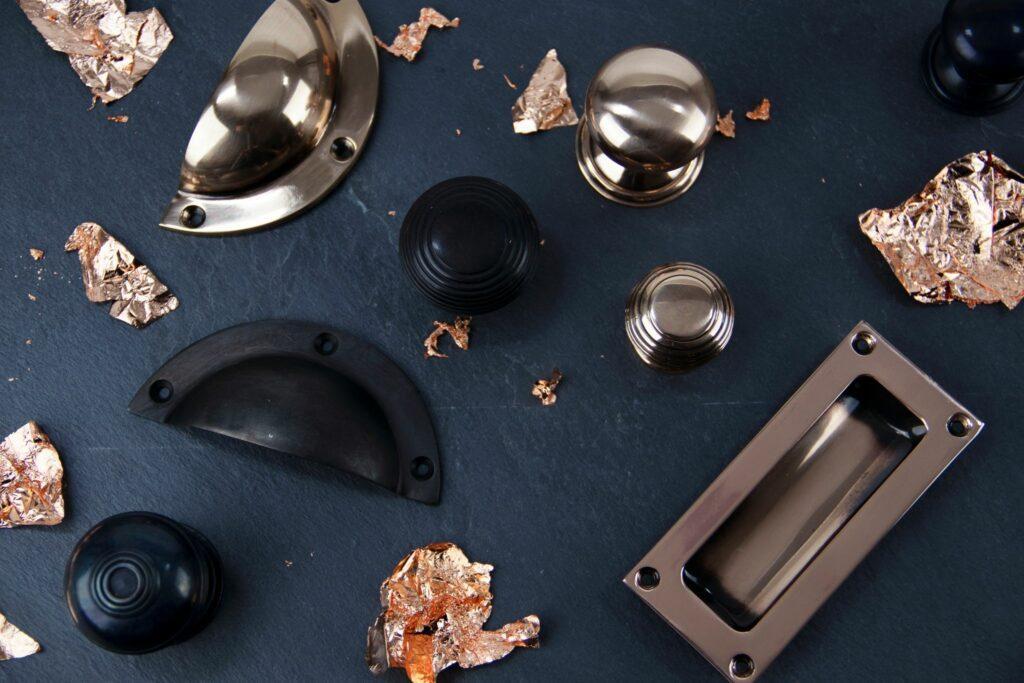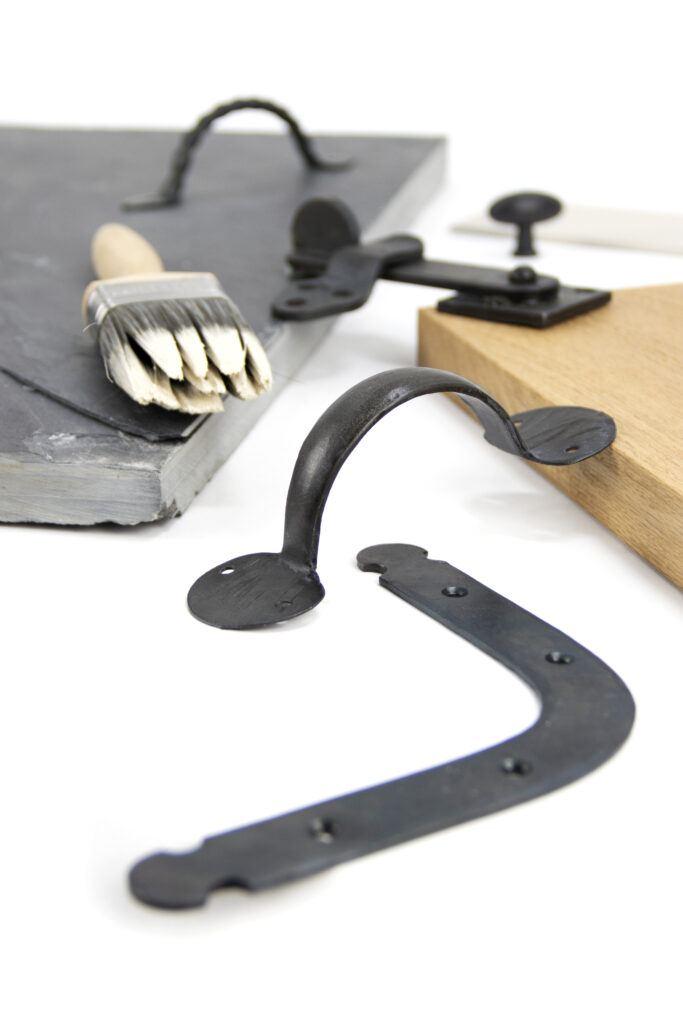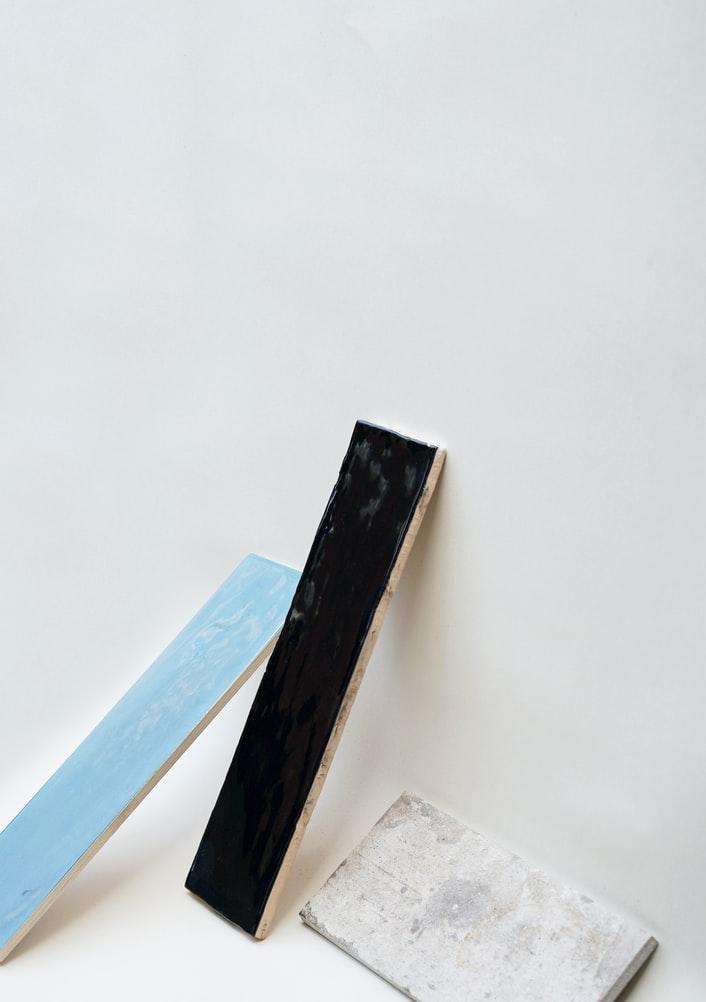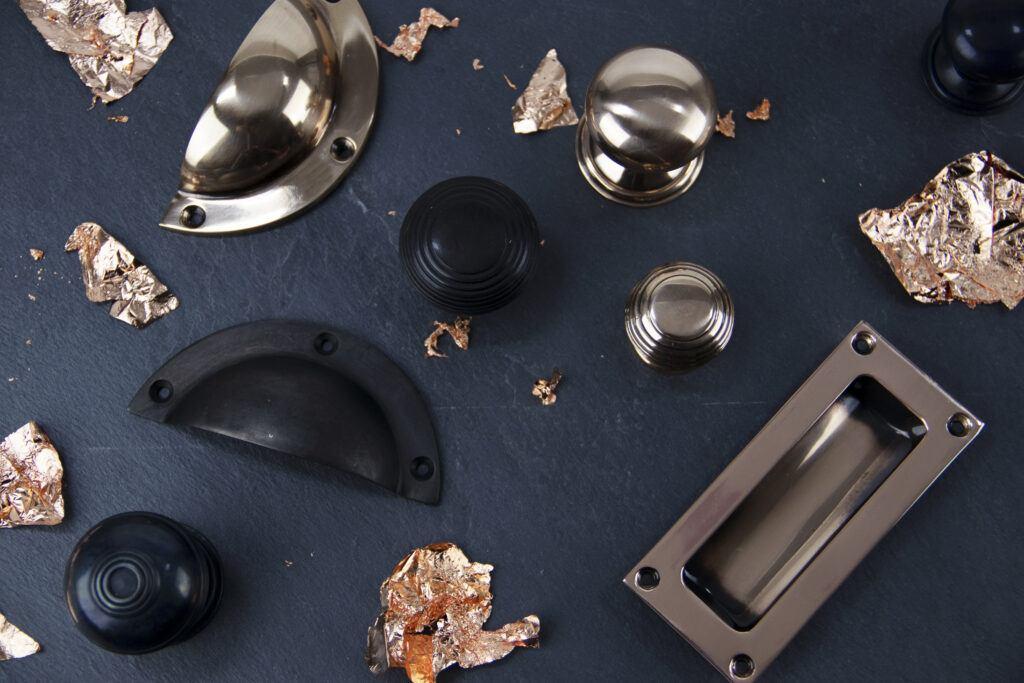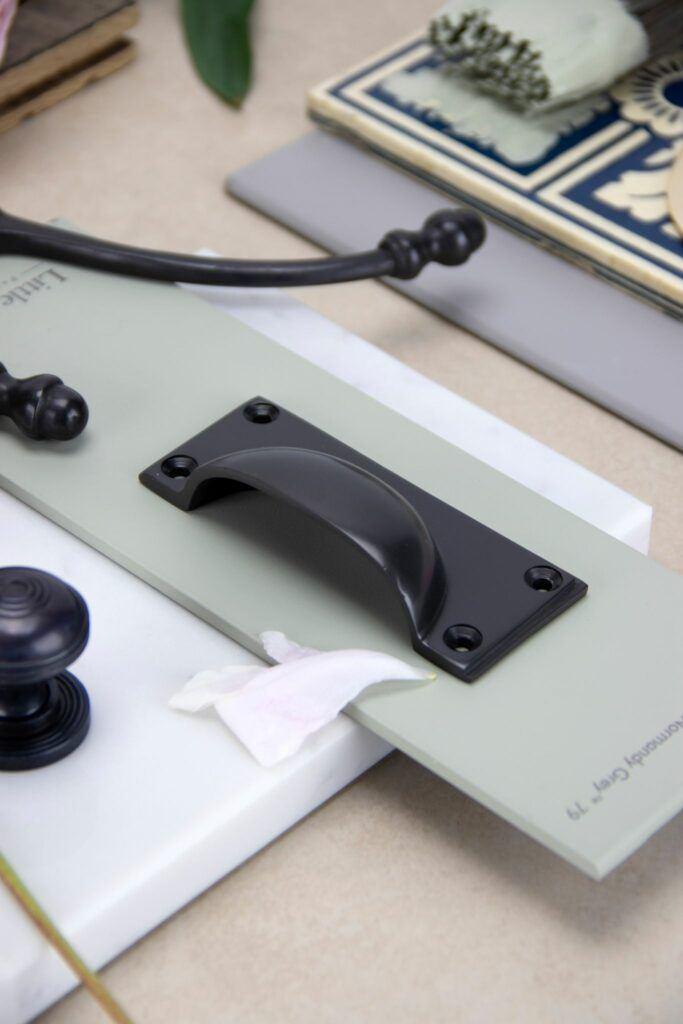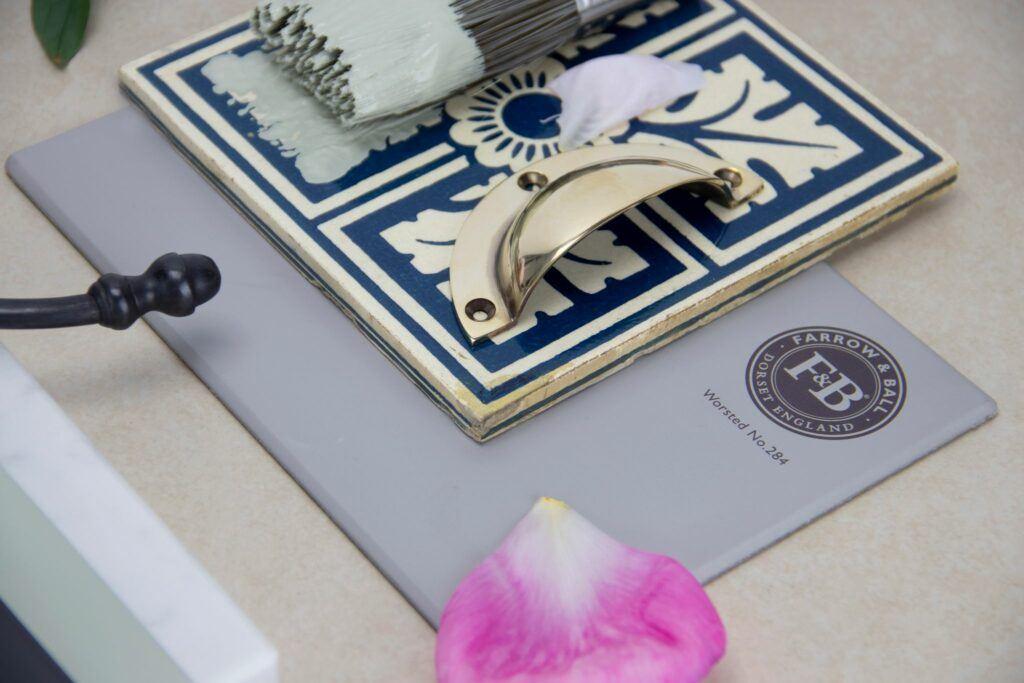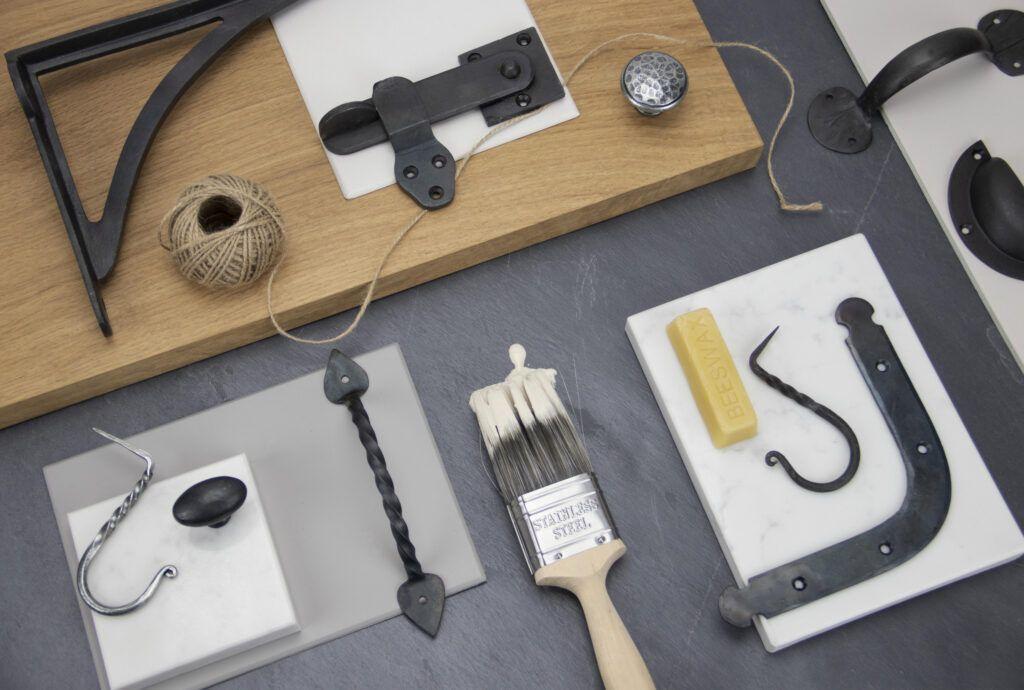Share
1 December 2020
How to make a mood board
Mood boards – We see these collections and collages of different materials, fabrics, images and paint swatches on social media, Pinterest and in design magazines, but what are they for? Mood boards have become a popular way to plan a concept – from events such as weddings, all the way to the design and construction of a home. Where architects rely on plans and blueprints to stay on course during construction, the purpose of a mood board is to keep a project true to its original goal, and serve as inspiration during lengthy decision making processes.
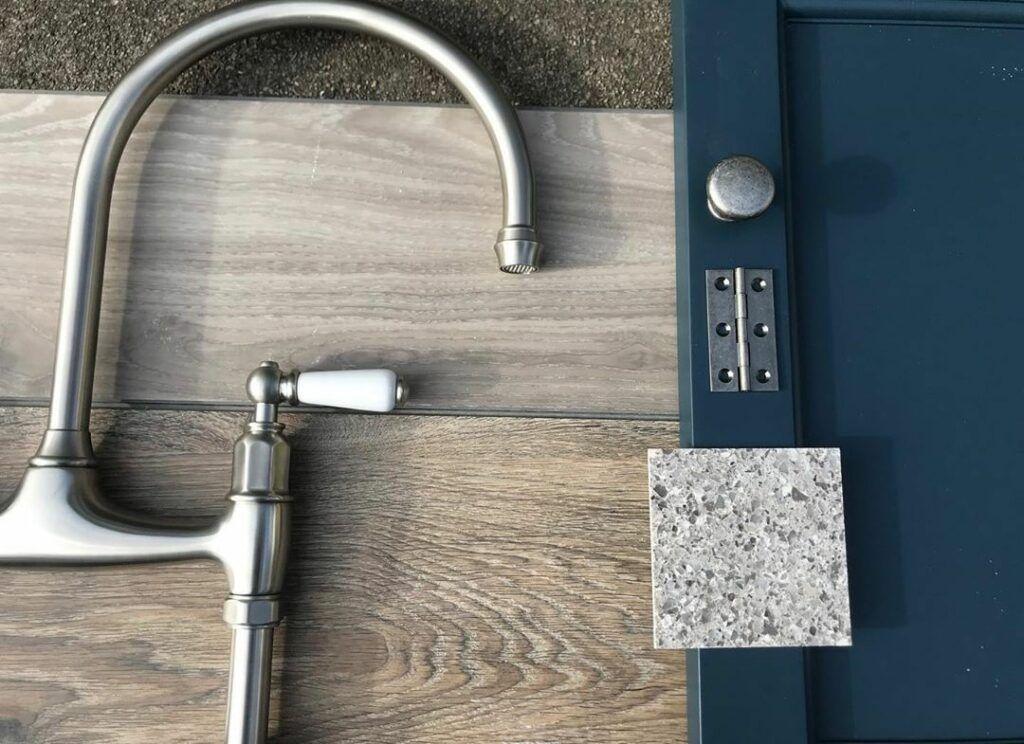

In our industry we see a lot of mood boards for kitchens, but you can make a mood board for any project whether it be up-cycling furniture, sprucing up your front door, or remodelling your whole interior. A mood board can be either physical or digital, and it should be a place to collect and experiment with materials, textures and ideas that inspire you. The beautiful thing about a mood board is that you can make one even if you’re not a hugely creative person, or if you’ve never done any design before. The idea is the bring together a collection of items that you like, and see what works and what doesn’t.
So, how to create a mood board?
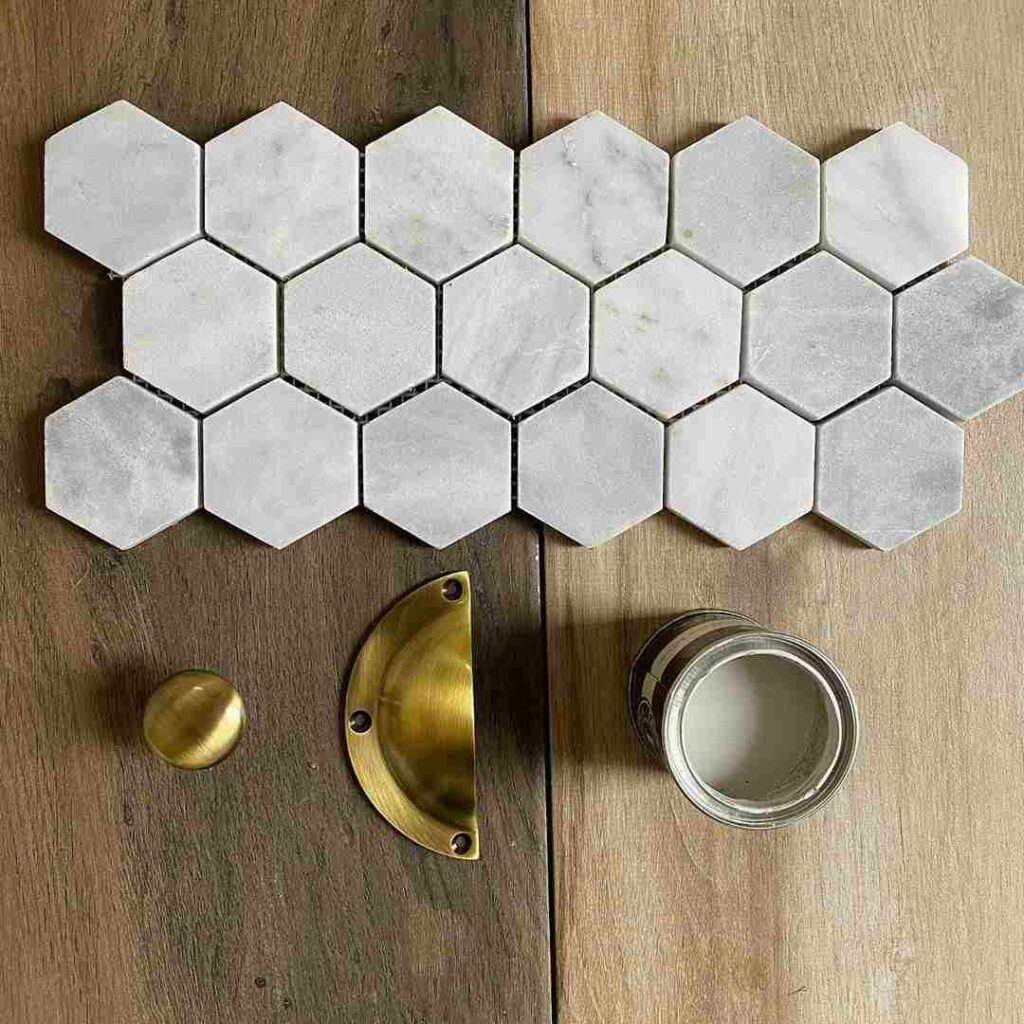
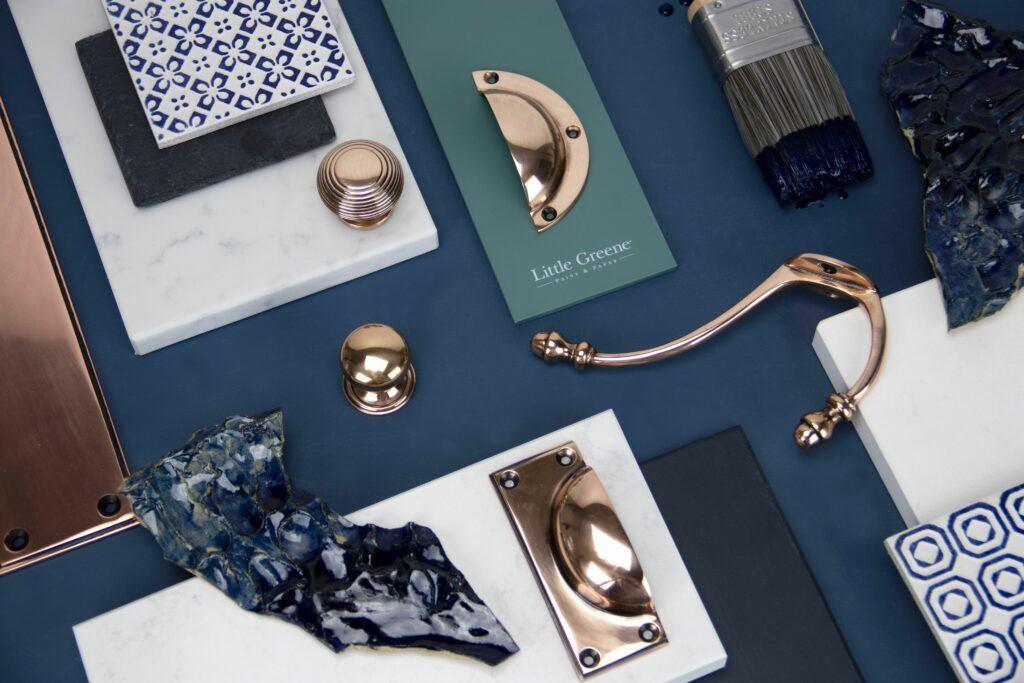
Step 1: Get inspired.
You need to start to take notice of your likes and dislikes. A great place to begin is Pinterest. If you’re looking to create a mood board for your new kitchen, look through some different kitchen designs and start saving the ones you like. When you’ve done so, think about what it is that you particularly like about any given installation. Make a note of what that is, and what first drew you in to any given photo. Was it that deep blue painted cabinetry, perhaps the white metro tiles, or oak countertops? Start saving photos, making a note of what you like about them, and you will see a pattern emerge.
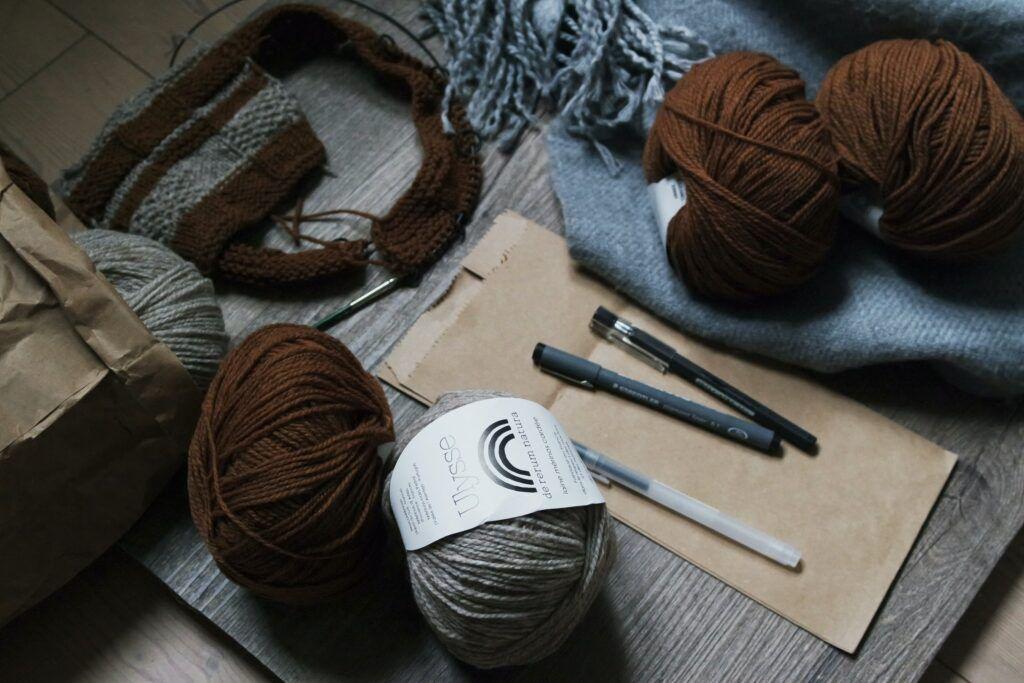
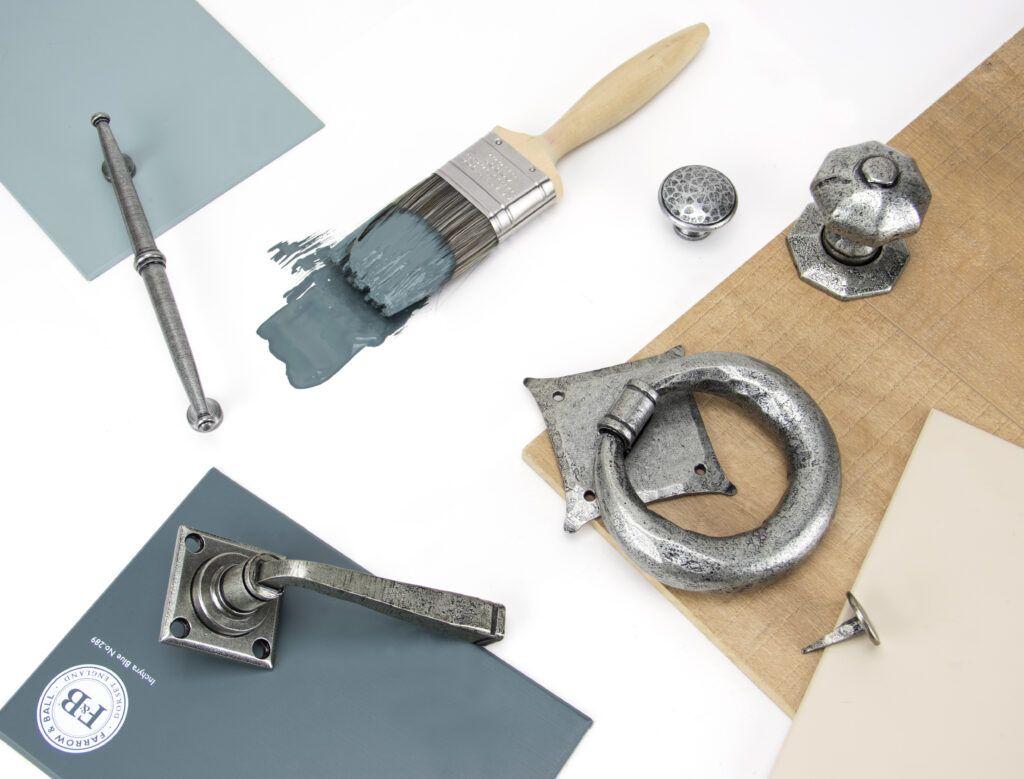
Step 2: Pick your colours.
Choosing your colour is the first and most important part in the construction of any mood board. Whatever your project is, it’s vital that you choose your starting palette before you start buying accessories. Is your project going to be dark and dramatic, or light and airy? Will you pick just one colour, or will there be several? Take a look at some colour charts online, and consider ordering a physical colour chart or swatches so you can add them to your mood board. Go back to your inspiration photos and take a look at the designs that inspired you to help you decide on colour.
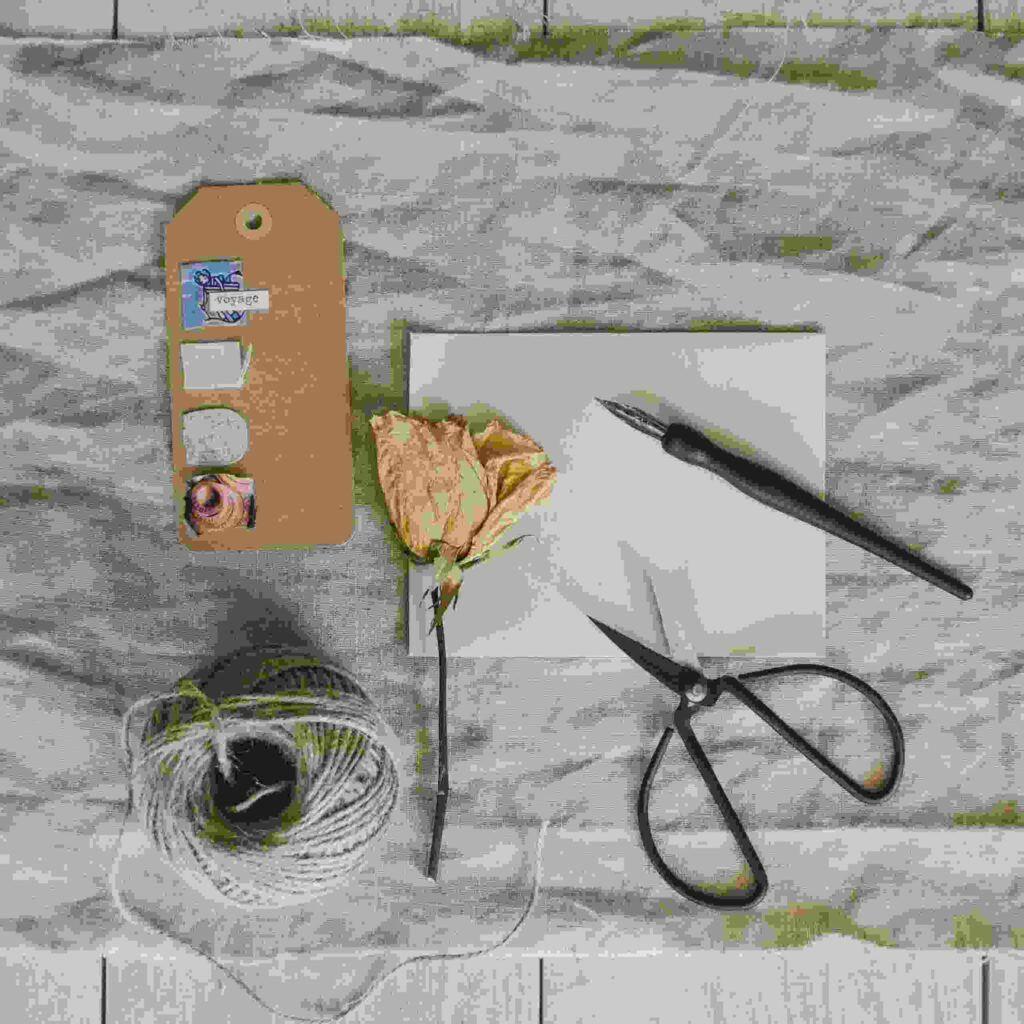
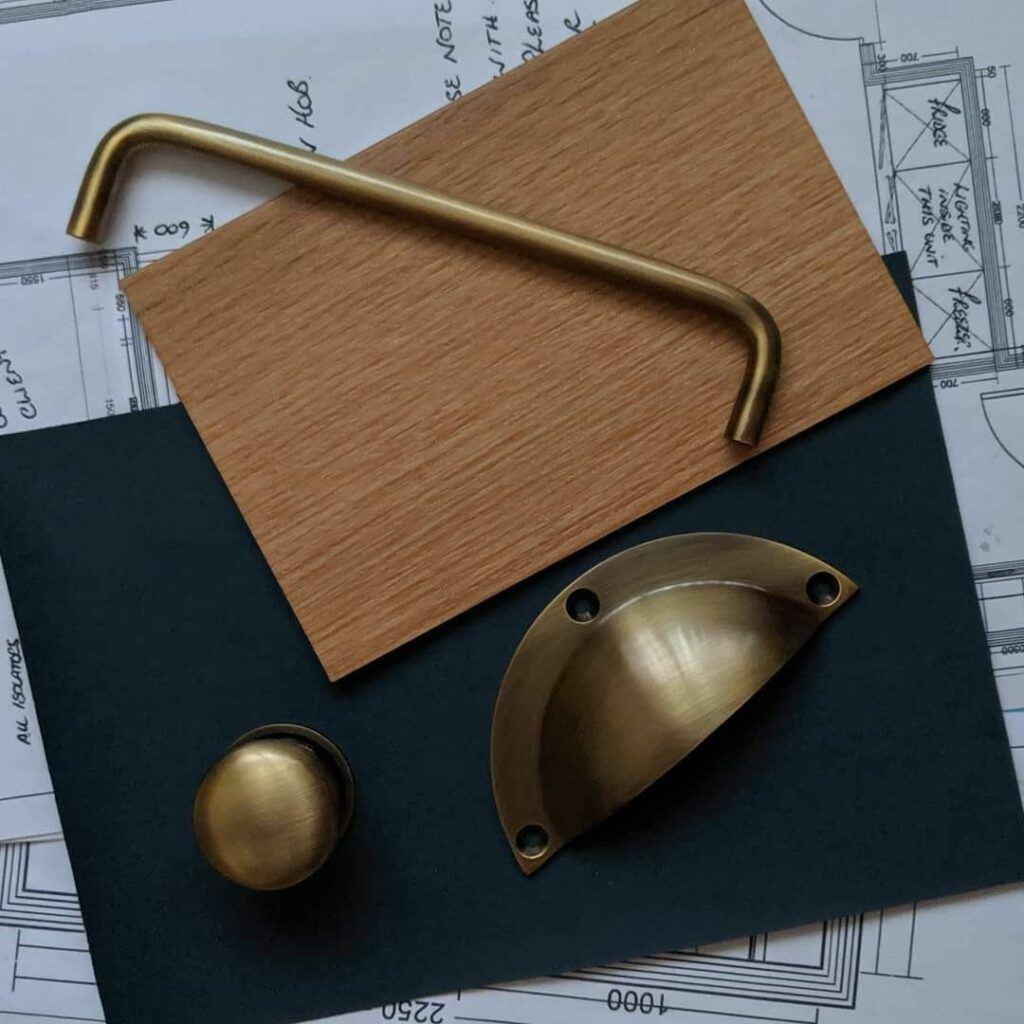
Step 3: Choose your accent materials
The accent materials are often the most tactile of your project, often consisting of metals such brass, steel, or chrome, and natural materials like oak timber, granite, or fabrics. Choosing these materials of this nature is critical because they bring life and contrast to your mood board, and will also to your project. If your mood board is physical, try combining paint swatches or different coloured fabrics with metallics and see how they work together. Place cabinet handles or other metallic objects against painted, stone, and timber surfaces, and get a feel for how everything works together. Throw in other splashes of colour to see what works together. Ask yourself what kind aesthetic you're trying to achieve.
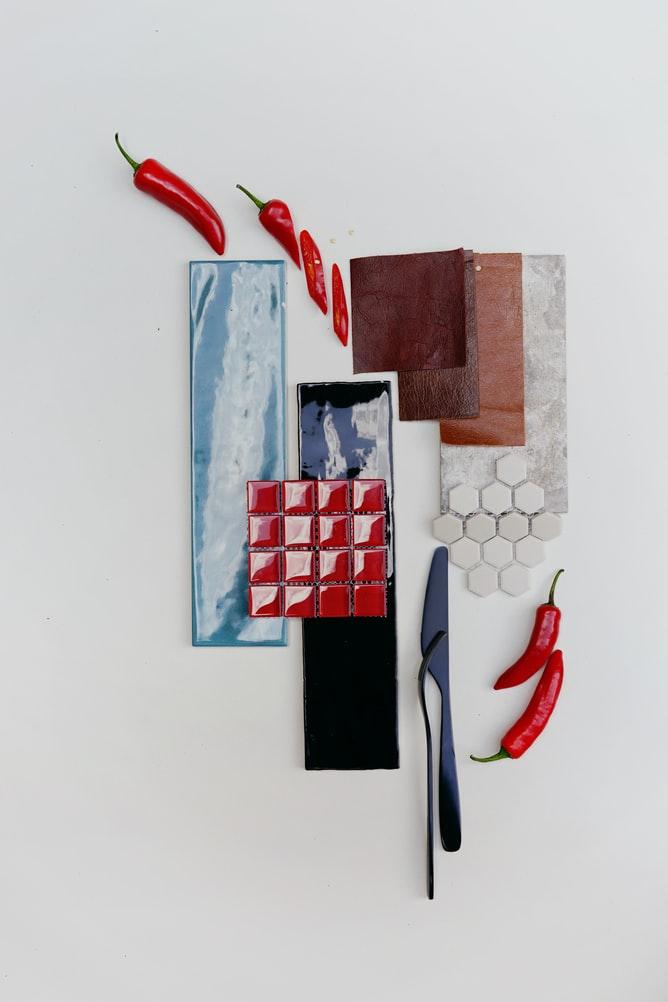
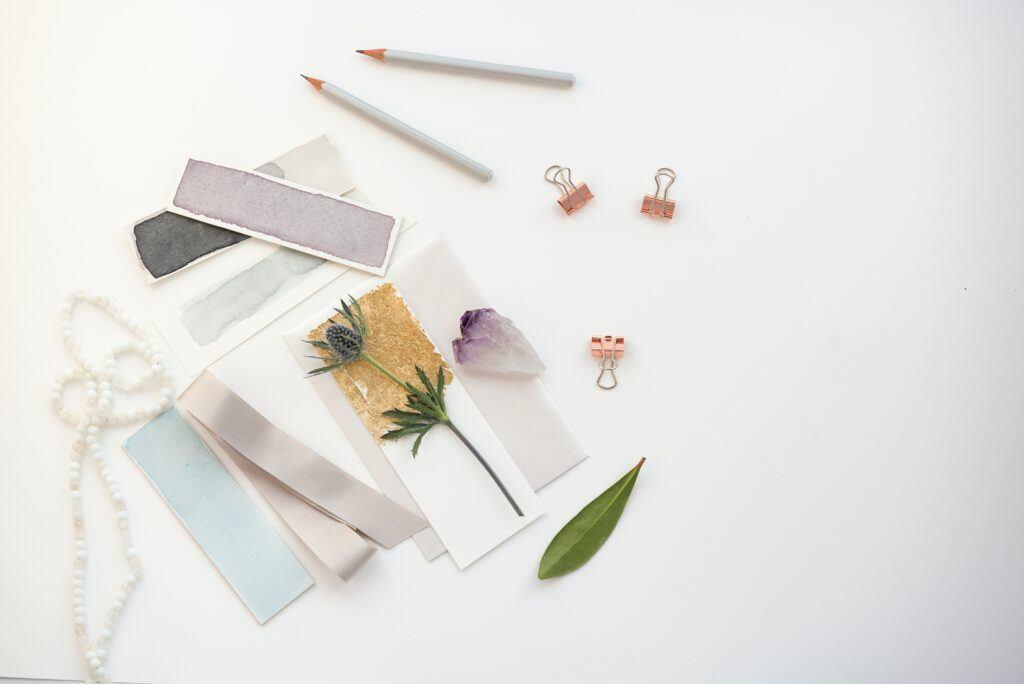

Step 4: Have fun!
Creating a mood board is meant to be a simple, fun and creative way to plan your design, so don't take it too seriously. Don't be afraid to experiment with different ideas and materials - you might just stumble upon a great idea by accident! As we've looked at, you can play around with materials such as stone, tile, glass, timber and metallics; but you can also foray into the weird and wonderful... bringing in some unusual ideas such as plants, fruit, coffee beans, flowers, and even peppercorns and spices can really help blur the lines and give life to your ideas! Getting back to basics with a heady mix of aromas, colours, and earthy materials can really help you visualise the reality of your project - and bring out the inner artist in any of us!
